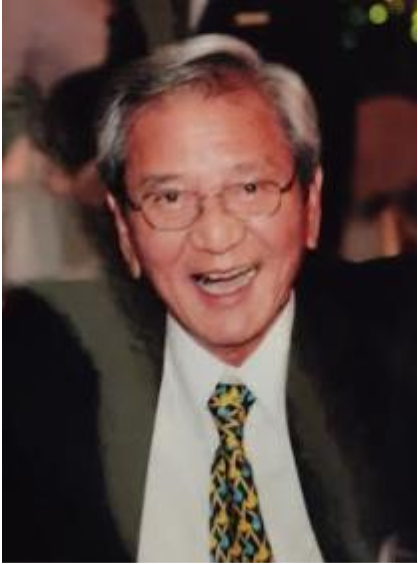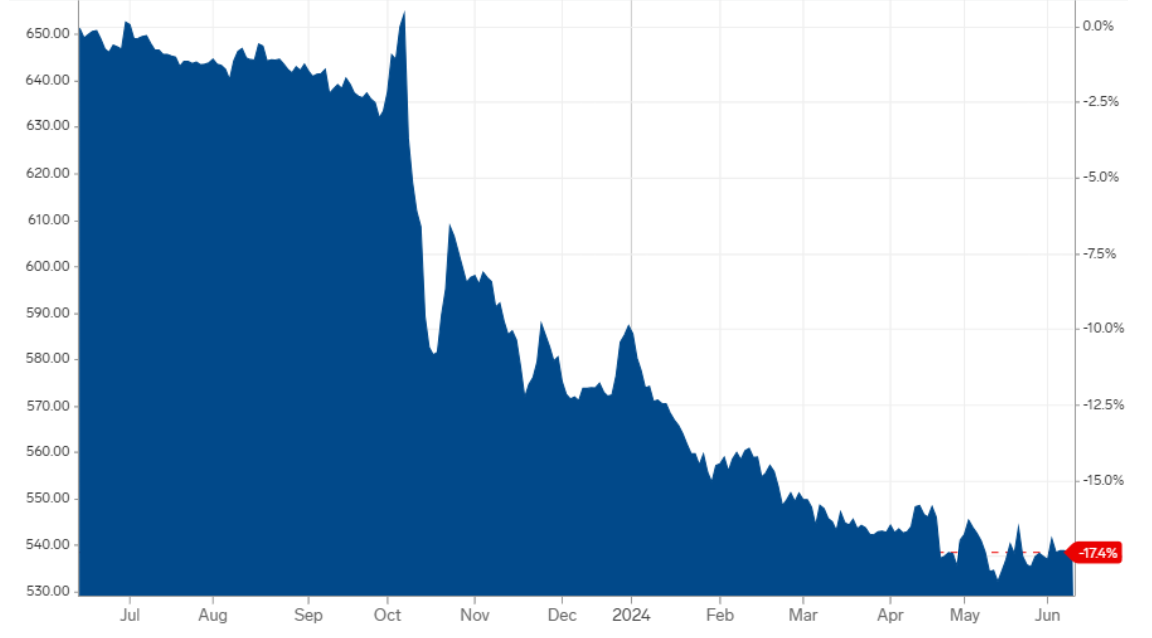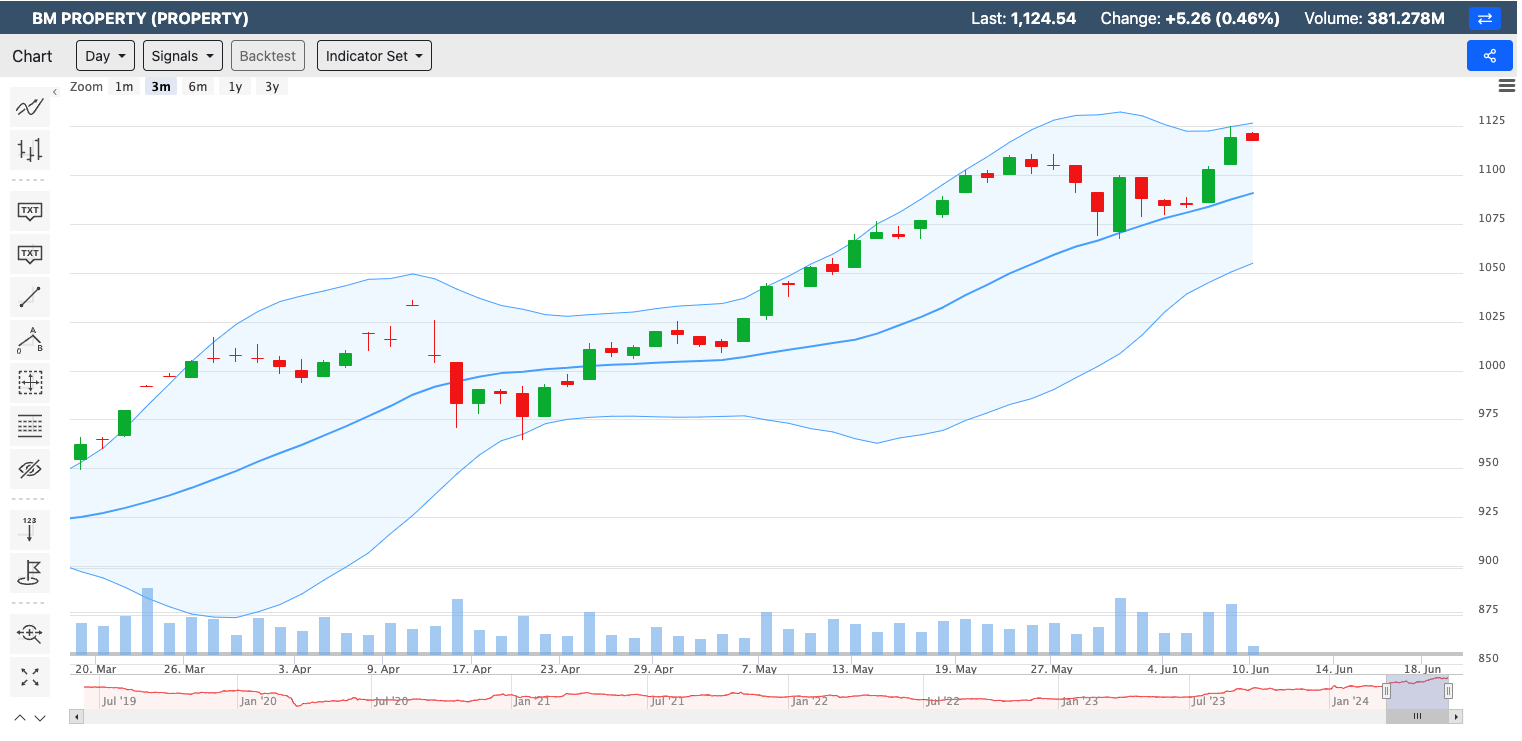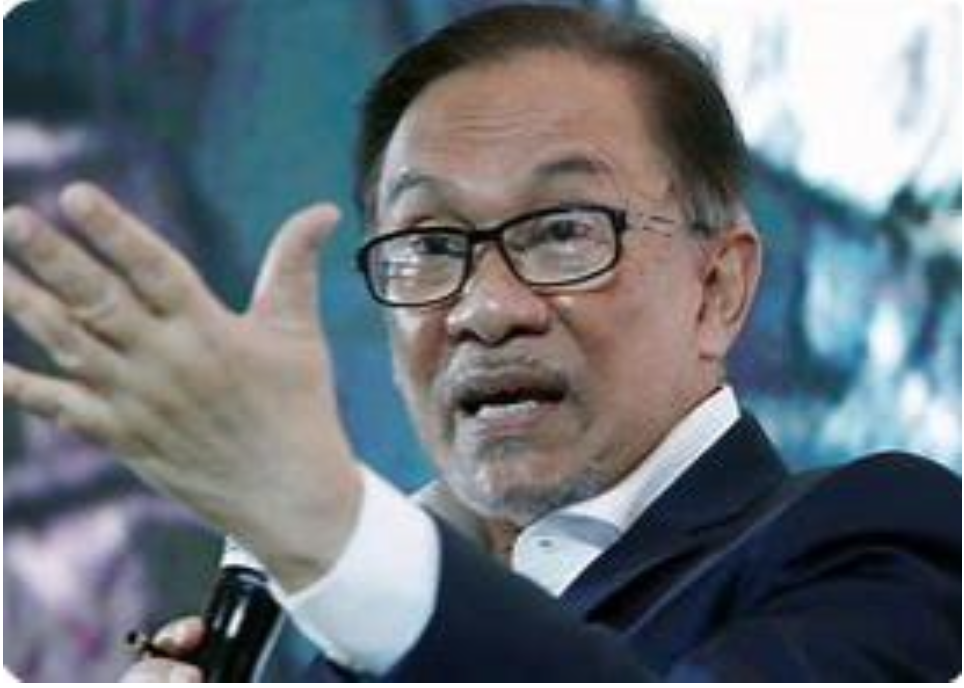My book "Roadmap for Achieving Vision 2020" review - Koon Yew Yin
Koon Yew Yin
Publish date: Thu, 25 Aug 2016, 07:49 PM
About 6 years ago, I wrote and published my book “Roadmap for Achieving Vision 2020”. Tengku Razaleih wrote the forward and launched the book. I am very happy to know that my book is now being used as an University text book.
You may like to read the book review by Dr Kian-Ming Ong, Faculty of Economics and Policy Science, UCSI University. .
Institutions and Economies Vol. 5, No. 2, July 2013, pp. 155-158 Book Review Malaysia: Roadmap for Achieving Vision 2020, by Koon Yew Yin, Petaling Jaya: Strategic Information and Research Development Centre (SIRD), 2012, 400 pp.
Very rarely would one find a layman (read: non-politician, journalist or academic) who has the time, resources, interest and intellectual capacity to play the role of a check and balance on the government, to provide regular social and political commentary on the major issues of the day and to compile all of this, in a systematic fashion, into a book. Kim Quek (2005) is a notable exception. Raja Petra Kamaruddin (2009) would be another though some may quibble on whether he qualifies to be a layman.
Koon Yew Yin is the latest addition to this very august group through the publication of Malaysia: Road Map for Achieving Vision 2020. For those who are not familiar with Koon’s writings, which have been published widely online and in the alternative media, his articles in this book will answer the question of why a retired multimillionaire and a chartered accountant who lists among his achievements, the co-founding of three major listed entities in the construction landscape – Gamuda, Mudajaya and IJM – would want to take up the cudgel against the government at this point in his life.
This book – divided into six chapters entitled ‘Leakages and Corruption’, ‘Human Resource Development’, ‘Governance Issues’, ‘Religious Harmony’, ‘Growing Divisiveness’ and ‘Conclusion: Transforming Malaysia into a Modern and Progressive Democracy’ – is strongest where Koon’s own voice is directly heard.
His article entitled ‘Bumiputera Contractors: A Wasteful National Mission to Date’, which appears in the ‘Growing Divisiveness’ chapter combines his own experience in the construction industry with a frank and honest and some may say, controversial, assessment of the failure of government policies to produce national or world class Bumiputera contractors (or construction companies, to put it more accurately).
His description of why UTAR rejected his RM30m donation to build a hostel within the premises of its Kampar campus, which appears in the chapter of ‘Human Resource Development’, is well worth a read. Here, he presents the possibility that private interests in the form of politically linked developers who rent out private accommodation to UTAR students may have been prioritised over the interests and welfare of the UTAR students. 156 Kian-Ming Ong Koon’s book differs from ‘standard’ compilations of political commentaries and articles in that it features heavily pieces and snippets from voices other than his own.
This is one of the key strengths as well as weaknesses of this book. Koon is able to bolster what would be his own views and thoughts on the key issues in each chapter by leveraging on the well thought out arguments and points of views of others like himself – interested laymen as well as members of civil society.
Shaun Tan’s essay entitled ‘The Migrant’s Eye’ which cogently addresses salient points regarding the brain drain phenomenon in the ‘Human Resource Development’ chapter is such an example. The various selected comments to Koon’s pieces in the Malaysian Insider also help bring complementary points of view and experiences which highlight the various problems identified by the author.
The weakness of this approach is when Koon’s own unique voice is lost among the opinions of many others. For example, his one article in the chapter on ‘Religious Harmony’ entitled ‘Can PAS help bring about change in Malaysia?’ could have probably been included in ‘Leakages and Corruption’ or ‘Governance Issues’. The rest of the chapter is comprised of excerpts from other works including two long pieces by constitutional lawyer, Tommy Thomas, on whether Malaysia is an Islamic state and by Professor Hashim Kamali on the freedom of expression in Islam.
This is obviously one area which Koon has strong opinions on with regard to the direction he wishes to see the country head toward – a secular state where progressive Islam is a major influence and where inter-faith collaborations and discussion can be a strong motivating force toward religious peace and harmony. But by relying too much on the voices of others, he makes his own voice somewhat superfluous. It may have been better to just leave out some of these chapters. In its place, I would have liked to see a more in depth discussion about the relationship between the construction industry and political funding, an area which Koon should have some knowledge of given his background. While it may not be appropriate for Koon to discuss the role of some of the companies he co-founded including Gamuda and IJM which have received multi-million ringgit government contracts, a broader discussion in terms of the mechanics of this relationship would have been very enlightening. It would also have implications in terms of how some of these practices can be cleaned up by introducing legislative and institutional reform.
To conclude, Koon’s book is very much a book of the times, meaning that it captures very well the post-2008 political landscape and atmosphere. It is a book depicting some harsh truths in terms of the corruption and poor governance which continues to occur despite (or perhaps because of) the higher level of public scrutiny. But it is also a hopeful book in that we see so called ‘lay’ people like Koon and other readers of his articles standing up to have Institutions and Economies 157 their voices heard and also to clearly articulate their vision for what they want the country to be like in the future. Perhaps this is exactly the kind of hope necessary to propel the country forward to a different development trajectory, not just in the economic realm but more importantly in the political, social and religious arenas as well. As such, Koon’s book is an important marker in this critical juncture of Malaysian history.
More articles on Koon Yew Yin's Blog
Created by Koon Yew Yin | Jul 22, 2024
Recently one smart accountant pointed out to me that KP Property has millions of Redeemable Convertible Preference Shares (RCPS). This will affect its share price. I sold all my KPP shares to buy KSL.
Created by Koon Yew Yin | Jul 15, 2024
Currently Bahasa Melayu is taught in all Government sponsored schools. Bahasa Melayu is only good within Malaysia. All our overseas customers do not know Bahasa Melayu. I hope all our politicians...
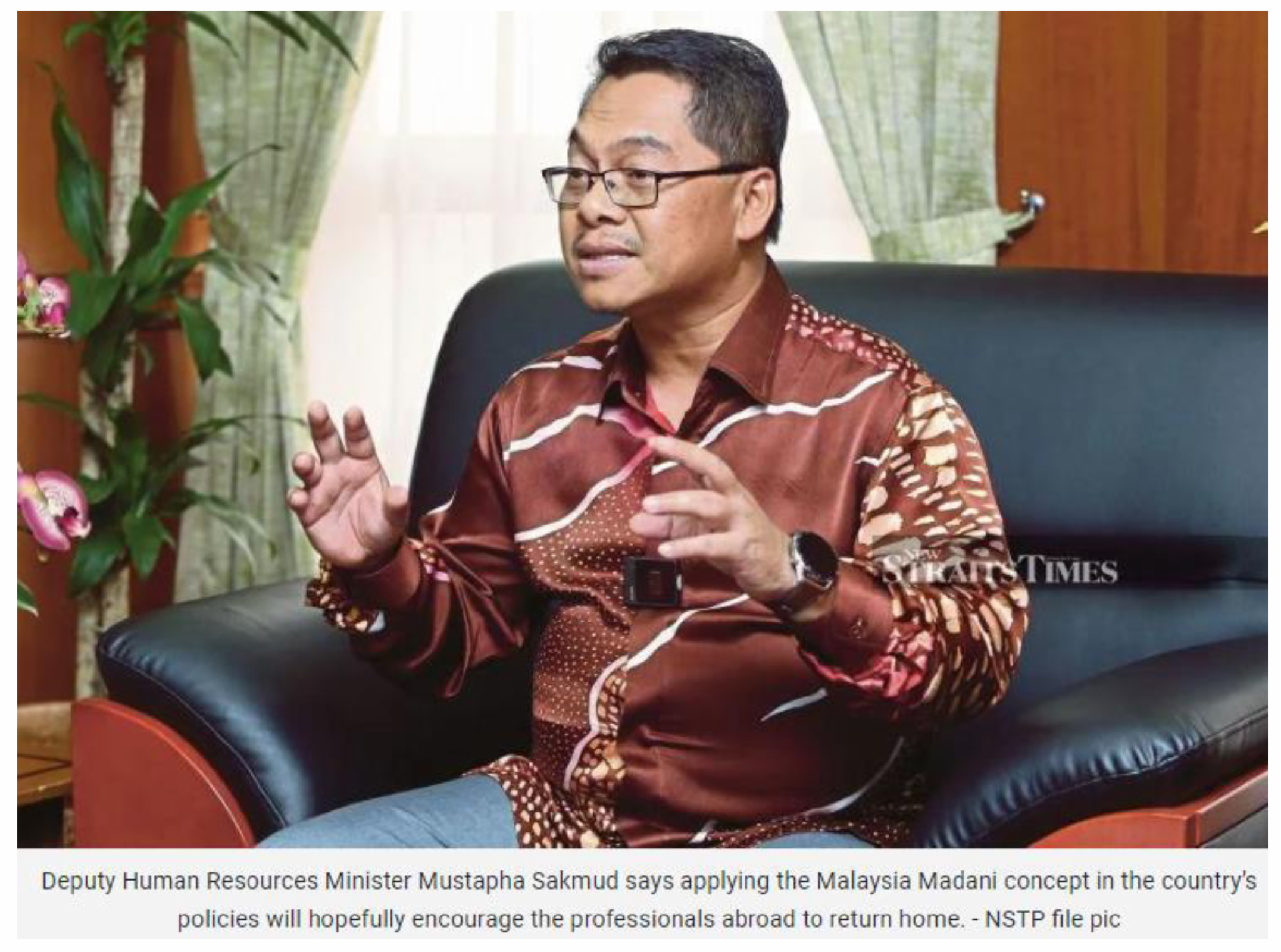

Created by Koon Yew Yin | Jul 09, 2024
Created by Koon Yew Yin | Jun 28, 2024
